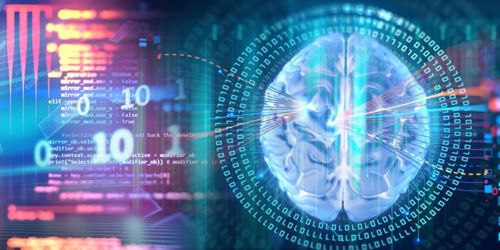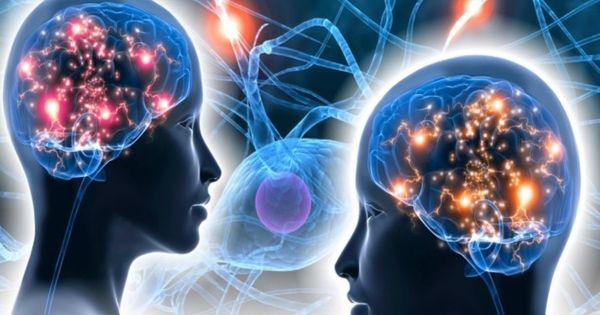Modern Mind-Reading Technology Re-Creates Visual Representations of What You Say. Scientists are using EEG Computer to create digital images from Brain Function. Neuroscientists at the University of Toronto in Scarborough have developed a modern technique for recreating images interpreted by the human brain on the basis of electroencephalography (EEG) readings. Building on previous studies that used FMRIs to digitize what faces look like when pictured by the human imagination, a team of researchers did the same with EEG machines—a cheaper and more popular alternative.
“When we see something, our brain creates a mental perception, which is essentially a mental impression of that,” said Dan Nemrodov, a postdoctoral fellow who created the methodology, in a press release. “We’ve been able to capture this perception by using EEG to get a direct illustration of what’s going on in the brain during this process.”
A new technique developed by neuroscientists at the University of Toronto Scarborough can, for the first time, reconstruct images of what people perceive based on their brain activity gathered by EEG.
The technique developed by Dan Nemrodov, a postdoctoral fellow at the Assistant Professor Adrian Nestor’s U-Lab at T Scarborough, is capable of digitally reconstructing photographs of test subjects based on electroencephalography (EEG) results.
Test subjects were attached to the EEG computer and confronted with photographs of the faces. The image was then digitally recreated how it was interpreted in the head of the person using machine learning techniques to adapt their brain function to different types of facial features.
Previously, this has been done by using FMRI (functional magnetic resonance imaging) data, but there are practical benefits to being able to use EEG to do the same procedure. For one, EEG machines are very popular, compact, and less costly than fMRI scanners. They also have greater time resolution: while the FMRI can record images in seconds, the EEGs can watch how the picture evolves in the brain in milliseconds.

This study validates the ability of EEG for this form of image restoration notes of Nemrodov, something that many researchers denied was feasible due to its obvious limitations. Using EEG data for image restoration has great theoretical and functional potential from a neurotechnological point of view, particularly because it is relatively inexpensive and portable. Although some expressed reservations as to the suitability of EEGs for such purposes, Nemrodov is sure that the findings would prove otherwise. The next step will be for researchers to extend the method beyond the picture of the faces.
A few individuals have been selected to test the algorithm. They were mounted to the EEG equipment and few-sided pictures were seen. At the same time, their brain activity was registered and used to digitally reconstruct the picture that was in the mind of the subject. Although the findings have been promising, the researchers are more focused on the fact that EEG data will potentially be used for this form of image reconstruction. Significant questions have been raised about EEG in the past, but this recent research has put them to rest.
Although certain potentially terrifying applications could be drummed, the “mind-reading” method may be life-changing for certain people, allowing some who are unable to speak or use sign language as a means to communicate. This may also give law enforcement the chance to give a clear description of what a victim remembers of a single case. To be able to tell what a victim saw, without the discrepancies introduced by the testimony produced after the event, or verbal explanations of an individual’s presence as a sketch artist, it will totally transform how we solve a case.














